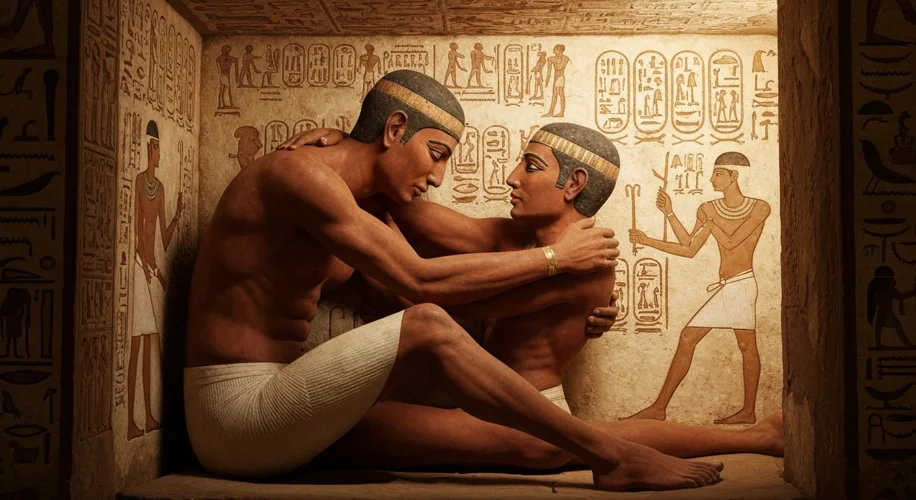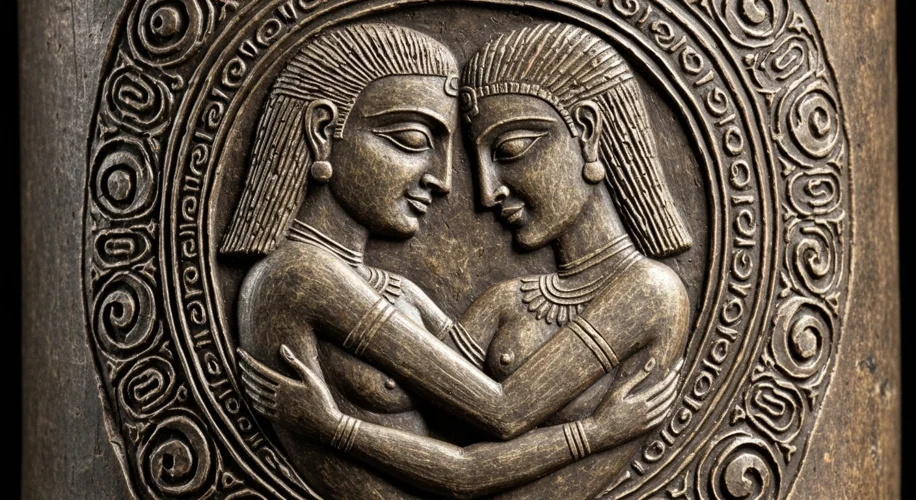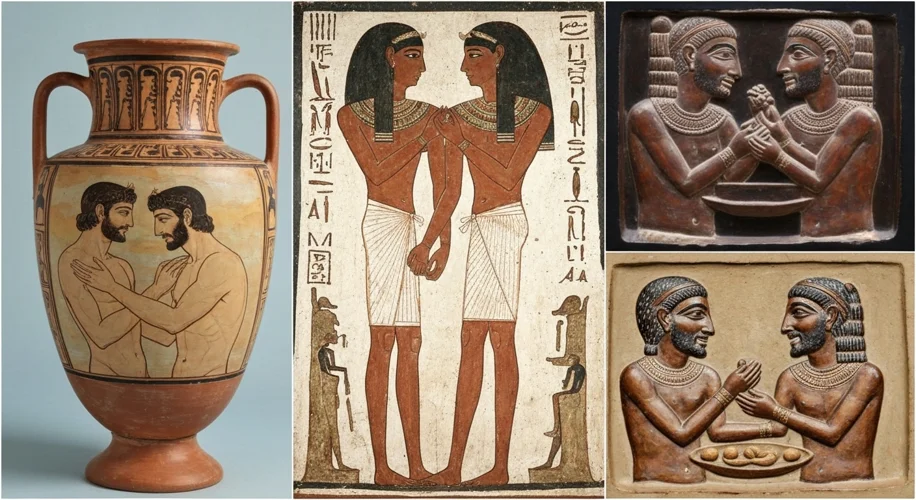Long before the ink of religious texts solidified certain views on love and desire, humanity explored a spectrum of relationships. The ancient world, a mosaic of vibrant cultures, offers a compelling counter-narrative to the often-presumed universality of heterosexual norms. From the sun-drenched shores of the Mediterranean to the fertile crescent of Mesopotamia, echoes of same-sex affection and partnership resonate through time, painted on pottery, etched in stone, and woven into the very fabric of society.
Our journey begins in Ancient Greece, a civilization that, while not without its complexities, openly acknowledged and even celebrated same-sex bonds, particularly between men. The concept of pederasty was a formalized social institution in many Greek city-states, most famously Athens and Sparta. This was not merely a casual liaison but a mentorship relationship where an older, established man (the erastes) would guide a younger adolescent male (the eromenos) in civic duties, military training, and philosophy. This relationship was often accompanied by romantic and sexual intimacy, viewed as a crucial stage in the young man’s development into a virtuous citizen. Figures like Plato, in his dialogues, frequently discuss these bonds, highlighting their societal importance and potential for fostering excellence.
Evidence of these relationships can be found in art and literature. Vases often depict couples in intimate embrace, and poets like Sappho, writing from the island of Lesbos, composed passionate verses to her female companions, giving us the very word ‘lesbian.’ While female same-sex relationships are less documented than male ones, Sappho’s work provides a powerful, albeit singular, testament to their existence and emotional depth.
Across the Aegean, Ancient Rome presented a different, yet equally fascinating, landscape. Roman society, while patriarchal, was remarkably pragmatic about sexuality. Men of status were expected to marry women and produce heirs, but the dominant partner in any sexual act was the focus. A Roman man could engage in same-sex relations, provided he was the penetrator, with a younger man or a slave, without significant social stigma. The key was maintaining one’s dignity and societal position as the active, dominant party. Emperors like Nero and Hadrian famously had male lovers, Elagabalus and Antinous respectively, whose relationships, though scandalous at times, were part of the imperial tapestry.
However, this acceptance was not universal and shifted over time. As Rome became Christianized, attitudes began to harden, particularly with the influence of figures like Emperor Constantine and later legislation that criminalized same-sex acts.
Venturing eastward, Ancient Egypt offers glimpses of relationships that defy easy categorization. While Egyptian society placed a strong emphasis on marriage and procreation, the evidence for same-sex relationships, particularly male ones, is subtle but present. The most notable example is the tomb of Khnumhotep and Niankhkhnum, two high-ranking male officials who served during the Fifth Dynasty. Their tomb depicts them holding hands, embracing, and with their faces pressed together in what appears to be a loving manner, even sharing a single ceremonial beard. They are referred to as ‘brothers’ and ‘companions,’ but the intimate nature of their portrayal has led many scholars to interpret their relationship as romantic and possibly sexual.

In Mesopotamia, particularly in Sumerian and Babylonian cultures, records paint a more complex picture. While monogamy was the norm, same-sex relationships, especially between men, were not necessarily condemned and, in some cases, seem to have been integrated into religious practices. Certain cults involved same-sex rituals, and the Epic of Gilgamesh, one of the world’s oldest literary works, famously depicts the profound bond between Gilgamesh and his companion Enkidu. Their deep love and shared adventures are central to the epic, with Gilgamesh mourning Enkidu’s death with an intensity that suggests a love far beyond mere friendship.

These ancient societies, existing millennia before the rise of Abrahamic religions, demonstrate a remarkable diversity in attitudes towards same-sex relationships. These were not hidden aberrations but, in many instances, recognized components of human experience and social structures. They highlight that notions of love, intimacy, and partnership are not static, but rather fluid constructs shaped by culture, time, and context. Understanding these ‘whispers of the heart’ from the ancient world allows us to appreciate the enduring, multifaceted nature of human connection, reminding us that love, in its myriad forms, has always found a way to be expressed.

